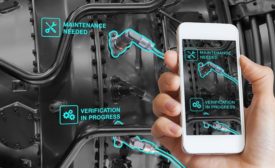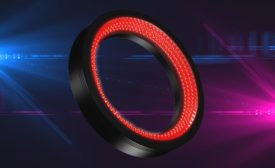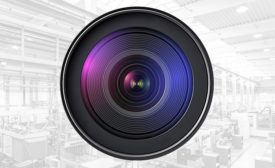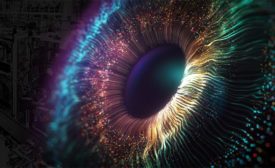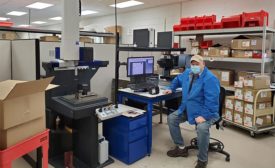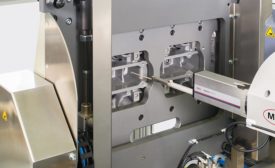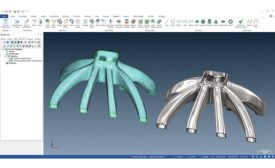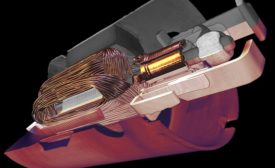Featured on Home Page
VISION & SENSORS - AUTOMATION
With the introduction of augmented reality into assembly and inspection processes, cutting-edge industry 4.0 research is uncovering best practices to maximize quality.
Read More
VISION & SENSORS - MACHINE VISION 101
Engineered Lighting: Part 2 of 3
Learn how to choose a light source to take advantage of the characteristics that create contrast.
March 9, 2021
VISION & SENSORS - LENSES
Protecting Lenses
Imaging systems have specific design requirements to maintain performance without degrading over time.
March 9, 2021
VISION & SENSORS - SENSOR TRENDS
Event-Based Vision: Taking a Cue From Biology
We can replicate the efficiency of how our eyes work with a new form of vision capture called event-based vision.
March 9, 2021
2021 Quality Plant of the Year: Electromed, Inc.
This medical device company and essential business faced extraordinary pressure to keep up with demand while managing its own safety in a pandemic.
March 5, 2021
NDT Terminology: Choosing Your Words Wisely
Help us clear up the confusion of NDT terminology.
March 3, 2021
Computed Tomography’s Role
Accelerating time to market and improving profitability
March 3, 2021
Stay in the know with Quality’s comprehensive coverage of
the manufacturing and metrology industries.
eNewsletter | Website | eMagazine
JOIN TODAY!Copyright ©2024. All Rights Reserved BNP Media.
Design, CMS, Hosting & Web Development :: ePublishing
